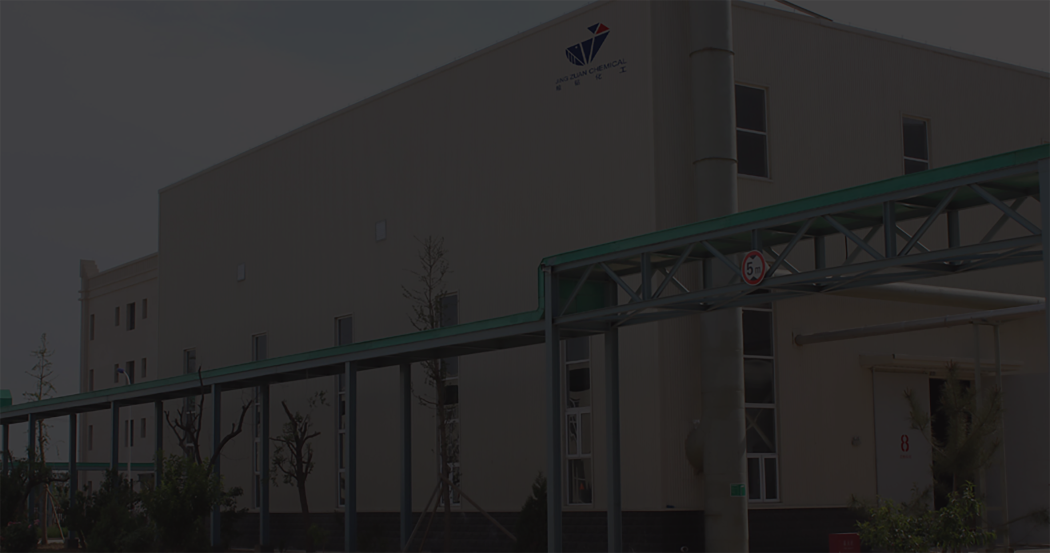
Nov . 01, 2024 05:27 Back to list
Hydroxyethyl Cellulose Market Trends and Pricing Insights for 2023 and Beyond
The Pricing Dynamics of Hydroxyethyl Cellulose An In-Depth Analysis
Hydroxyethyl cellulose (HEC) is a water-soluble polymer derived from cellulose, which is widely used in various industries due to its unique properties. HEC is known for its thickening, gelling, and stabilizing capabilities, making it a favored choice in products ranging from pharmaceuticals and cosmetics to construction materials and food processing. Understanding the factors that influence the price of hydroxyethyl cellulose is crucial for stakeholders across these industries.
Factors Influencing HEC Prices
1. Raw Material Costs The primary raw material for HEC production is cellulose, which is derived from natural sources such as wood and cotton. Fluctuations in the availability and price of these raw materials due to environmental changes, supply chain disruptions, or changes in global demand can significantly affect HEC prices. For instance, a surge in demand for cellulose for producing biofuels or other derivatives can lead to increased competition for the raw material, thereby raising prices.
2. Manufacturing Processes The production of hydroxyethyl cellulose involves complex chemical processes, including the etherification of cellulose. The costs associated with the technology, equipment, and energy used in manufacturing HEC play a crucial role in determining its price. Innovations in manufacturing techniques that improve efficiency and reduce waste can help stabilize or lower prices.
3. Market Demand and Applications The demand for hydroxyethyl cellulose is closely linked to its applications. In the construction industry, for example, HEC is used in cement and mortars to enhance performance and workability. As global construction projects increase, the demand for HEC also rises, which can drive prices upward. Similarly, the cosmetic and pharmaceutical markets are experiencing growth, with HEC being pivotal in formulating various products, further adding to its demand.
hydroxyethyl cellulose price

4. Regulatory Factors Regulatory standards can also influence HEC pricing. Compliance with environmental regulations and safety standards can increase production costs. Manufacturers who invest in sustainable practices may face higher short-term costs, which could be reflected in the prices of their HEC products.
5. Global Economic Conditions The global economy, including factors such as inflation rates, exchange rates, and trade policies, significantly impacts HEC prices. Economic downturns can lead to reduced demand, thereby lowering prices, while a strong economy may boost demand and, consequently, prices.
Recent Trends in HEC Pricing
In recent years, the price of hydroxyethyl cellulose has demonstrated volatility, reflecting broader economic and industry-specific trends. As countries emerge from the COVID-19 pandemic, increased activity in construction and industrial sectors has revitalized demand for HEC. Furthermore, the growing trend toward sustainable and environmentally friendly products has prompted manufacturers to innovate, which, while beneficial in the long run, can lead to temporary price increases.
Conclusion
Understanding the pricing dynamics of hydroxyethyl cellulose requires a comprehensive analysis of multiple factors, including raw material costs, manufacturing processes, market demand, regulatory influences, and overall economic conditions. As industries continue to evolve and embrace new technologies, the landscape for HEC pricing may change further. For businesses reliant on HEC, staying informed and adaptable will be key to managing costs and ensuring competitive advantage in the marketplace. As demand continues to grow across various applications, the importance of forecasting HEC prices cannot be overstated, as it facilitates better planning and strategic decision-making for manufacturers and consumers alike.
-
Versatile Hpmc Uses in Different Industries
NewsJun.19,2025
-
Redispersible Powder's Role in Enhancing Durability of Construction Products
NewsJun.19,2025
-
Hydroxyethyl Cellulose Applications Driving Green Industrial Processes
NewsJun.19,2025
-
Exploring Different Redispersible Polymer Powder
NewsJun.19,2025
-
Choosing the Right Mortar Bonding Agent
NewsJun.19,2025
-
Applications and Significance of China Hpmc in Modern Industries
NewsJun.19,2025







